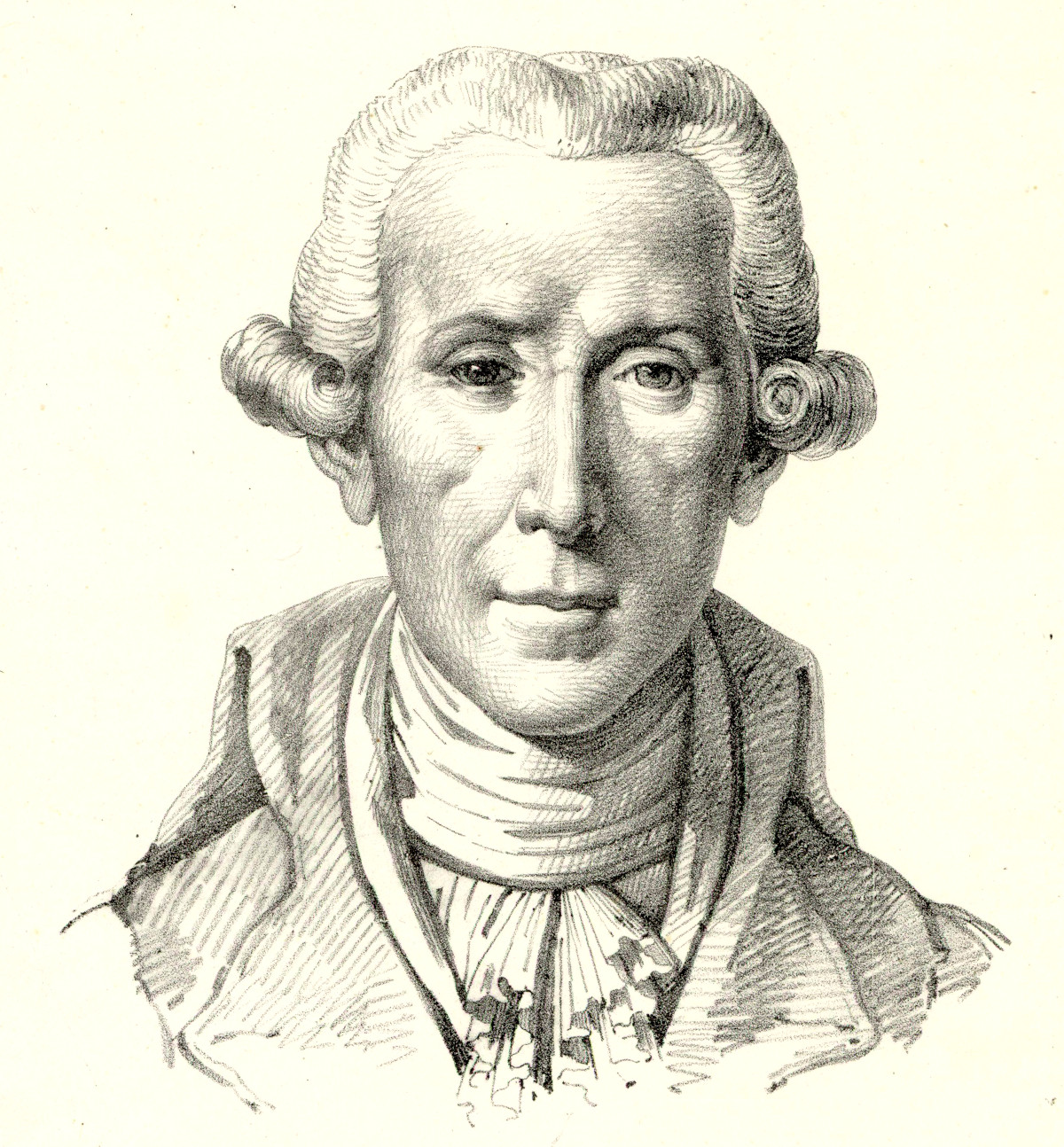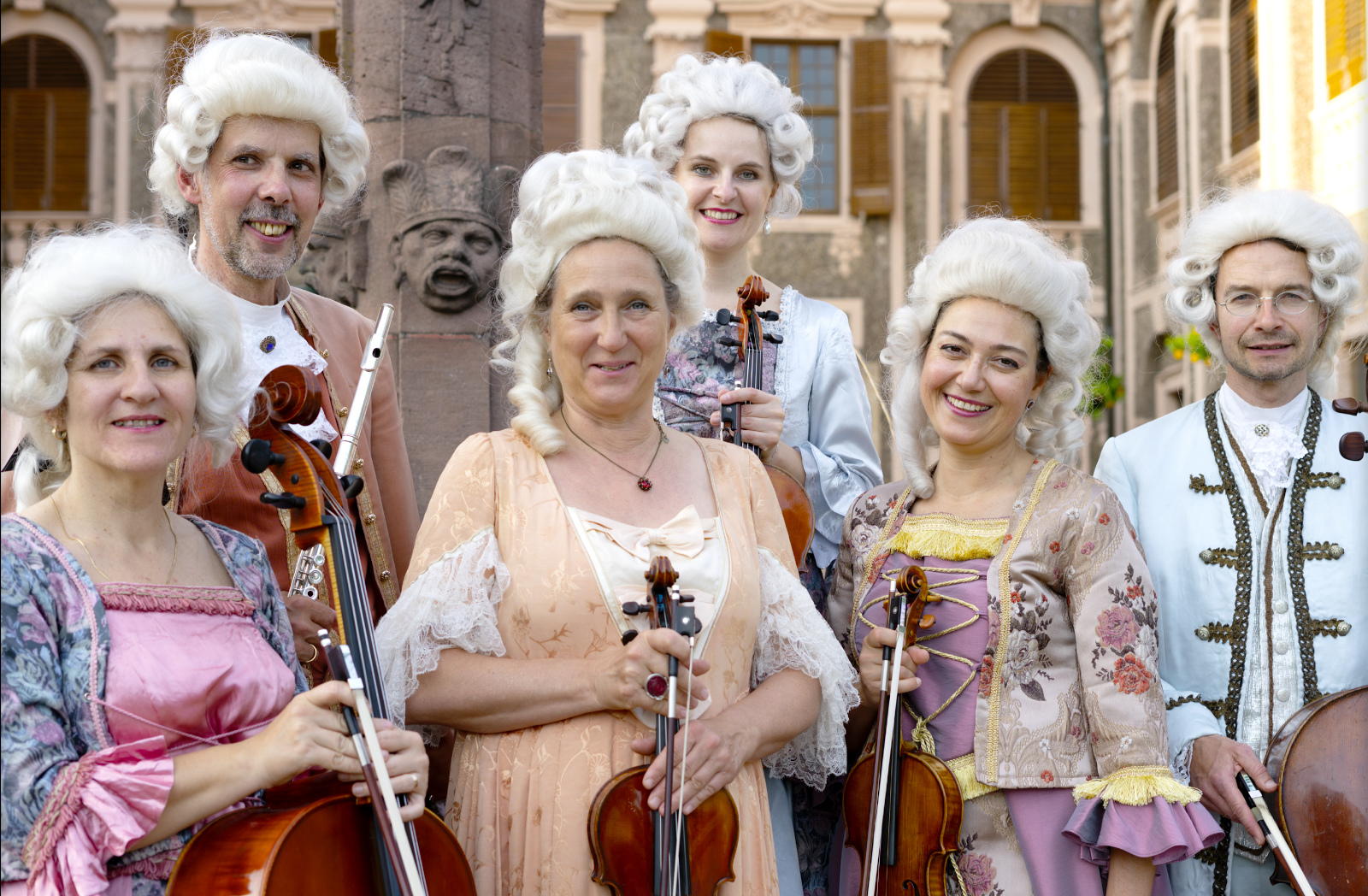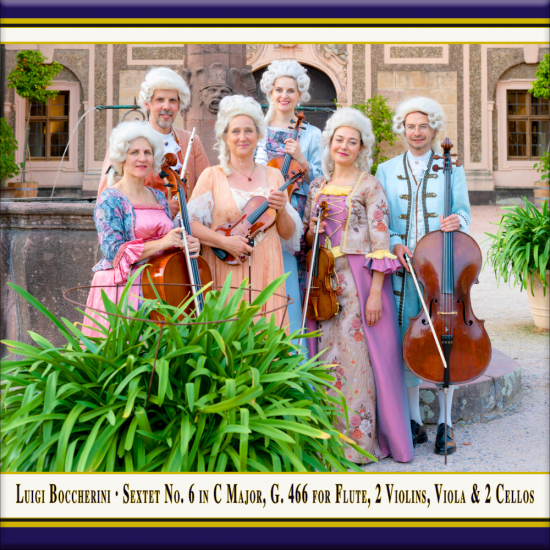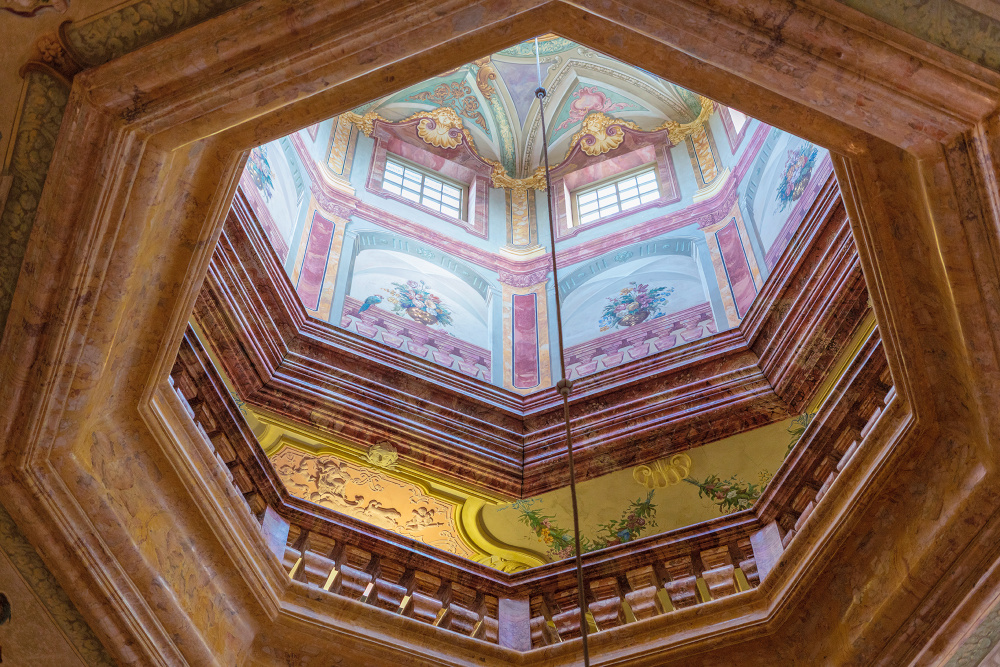Boccherini: Sextet No. 6 in C Major
Track
Sextet No. 6 in C Major
G. 466 · "Sextuor No. 6"
For Flute, 2 Violins, Viola & 2 Cellos,
performed by the Quantz Collegium
A live recording from Rastatt Favorite Palace in Germany
HD Recording · DDD · Duration: 14:13
Digital Album [here: MP3, 320kB/sec.]
4 Tracks incl. Digital Booklet
MP3 Album
320 kBit/sec.


C
astles and palaces have always inspired our imagination. They were and still are places of flourishing music culture, because they stimulate noble thoughts and deep feelings. Their tales and legends open our hearts and minds for romance in any sense. Standing in a castle one realises that romantisism embraces much more than the period so named. The works from different centuries and from multiple musical genres presented in our Castle Concerts series testify to this with the incomparable spirit of their interpretation.
Volker Northoff
R
astatt Favorite Palace (Schloss Favorite Rastatt) is the oldest German "porcelain palace" and the only one to survive almost unchanged to this day. Its opulent interiors, extensive collections and idyllic setting lend it Europewide significance. This enchanting Baroque summer residence and hunting palace was built from 1710 to 1727 for the young Margravine Sibylla Augusta of Baden-Baden (1675-1733). At Favorite Palace, which is just a short carriage ride from Rastatt Residential Palace, the court met for festivities involving hunting, concerts and banquets.
No expense was spared on the palace interiors, which are replete with all forms of 18th century craftsmanship: colourful scagliola floors made from imitation marble, walls with faience tiles, ceilings adorned with plasterwork and frescoes, sumptuous embroidered tapestries and priceless furniture. As well as demonstrating Sibylla Augusta's exquisite taste, this opulence served to portray her as a refined and cultured ruler. The jewel in the crown is the Florentiner Kabinett (Florentine room), which is still in its original condition and the only one of its kind in Europe. 758 panels cover the walls in a kaleidoscope of colour. Crafted from marble, granite and semiprecious stones, with breathtaking perfection, each panel is a work of art in its own right.
To accompany the magnificent décor, Sibylla Augusta amassed an unparalleled collection of Asian and European porcelain, glass and faience - earning the title "porcelain palace". Much admired by her contemporaries, the Margravine's astonishing hoard survives to this day. It is now the world's largest collection of early Meissen porcelain. Favorite Palace also offers a dazzling display of Chinoiserie in all its forms. Textiles, lacquer and ceramics bear witness to early 18th century Europe's penchant for all things Asian.
With its perfectly preserved 18th century interiors, Favorite Palace is a cultural heritage site of extraordinary significance. The building is surrounded by a charming English-style landscape park. In the Margravine's day, the gardens featured tree-lined avenues, symmetrical parterres with fountains and orangeries. Some of these Baroque garden features have survived, making a stroll through the park a delightful exercise.
This concert took place in the "Sala Terrena" (Garden Hall) of the Rastatt Favorite Palace in Germany - an highly unusual ballroom, which extends through all floors of the building. The palace and the garden are one of 60 historic monuments in the Germany's Southwest.
Copyright of this text by www.schloss-favorite-rastatt.de. All rights reserved.

R
idolfo Luigi Boccherini (February 19, 1743 - May 28, 1805) was an Italian composer and cellist of the Classical era whose music retained a courtly and galante style even while he matured somewhat apart from the major European musical centers. He is best known for a minuet from his String Quintet in E, Op. 11, No. 5 (G 275), and the Cello Concerto in B flat major (G 482). The latter work was long known in the heavily altered version by German cellist and prolific arranger Friedrich Grützmacher, but has recently been restored to its original version. Boccherini also composed several guitar quintets, including the "Fandango", which was influenced by Spanish music. His biographer Elisabeth Le Guin noted among Boccherini's musical qualities "an astonishing repetitiveness, an affection for extended passages with fascinating textures but virtually no melodic line, an obsession with soft dynamics, a unique ear for sonority, and an unusually rich palette of introverted and mournful affects." Many of his other biographers and admirers see his music quite differently and in a much more appreciated light. Boccherini was born into a musical family in Lucca, Italy in 1743. He was the third child of Leopoldo Boccherini, a cellist and double-bass player, and the brother of Giovanni Gastone Boccherini, a poet and dancer who wrote librettos for Antonio Salieri and Joseph Haydn. Luigi received his first music lessons at age five by his father, who taught him cello, and then continued his studies at age nine with Abbé Vanucci, music director of a local cathedral, at San Martino. When his son reached thirteen, Leopoldo Boccherini sent him to study in Rome with Giovanni Battista Costanzi. In 1757 Luigi Boccherini and his father both went to Vienna, where the court employed them as musicians in the Burgtheater. In 1761 Boccherini went to Madrid, entering in 1770 the employ of Infante Luis Antonio of Spain (1727-1785), younger brother of King Charles III of Spain. There, Boccherini flourished under royal patronage, until one day when the King expressed his disapproval at a passage in a new trio, and ordered Boccherini to change it. The composer, no doubt irritated with this intrusion into his art, doubled the passage instead, which led to his immediate dismissal. Then he accompanied Don Luis (the Infante) to Arenas de San Pedro, a little town in the Gredos Mountains in Ávila; there and in the nearest town of Candeleda Boccherini wrote many of his most famous works. Later patrons included the French ambassador to Spain, Lucien Bonaparte (1775-1840), as well as King Friedrich Wilhelm II of Prussia (1744-1797), himself an amateur cellist, flautist, and avid supporter of the arts. Boccherini fell on hard times following the deaths of his Spanish patron (1785), his two wives (1785 and 1805), and his four daughters (1796, 1802 and 1804). He died in Madrid in 1805, survived by two sons. His bloodline continues to this day in Spain. His body lay buried in the Pontifical Basilica of St. Michael in Madrid until 1927, when Benito Mussolini had his remains repatriated and buried in the church of San Francesco in his native Lucca...
[From Wikipedia, the free encyclopedia]
T
he first founding of the Quantz Collegium dates back to 1936, when the then 22-year-old flutist Ernst Friedrich Wilhelm Bodensohn (1914-2003) founded a chamber music ensemble and gave him the name of the "father" of the German flute history, Johann Joachim Quantz. The 2nd World War destroyed all further plans. After the war, Bodensohn became the first solo flutist of the newly founded SWR-Symphony-Orchestra in Baden-Baden and lived there with his family. In addition to his orchestral work under the conductors Hans Rosbaud (1895-1962) and Ernest Bour (1913-2001), he founded in the 1950s with colleagues once again the Quantz Collegium. After discovering the wonderful "Favorite Palace" near Rastatt in Germany, he succeeded with great commitment in 1957 for the first time to perform the "Festive Serenades at Rastatt Favorite Palace". The today since more than 60 years existing concert series is charcterized by one particular aspect: The less known composers of the Baroque and Classical periods should be made accessible to the public by confrontating them with the great, unforgettable masters of music history.
Furthermore, the historical ensemble of the namesake Johann Joachim Quantz at the court of Frederick II. is role model and obligation for a further focus on musical content: The performance of flute music from the Baroque and the Classical era. With these two programmatic weightings, it has now been possible to achieve an extraordinary variety and longevity with this concert series. An inner desire of the ensemble is the helping to preserve the music of the past in its great diversity and to offer it to the public with living performances. The concerts in the splendid "Sala Terrena" (Garden Hall) of the "Rastatt Favorite Palace" (Schloss Favorite Rastatt), combined with the "historical" costumes of the musicians, resulted in the today's special reputation of the concert series and its almost historical dimension.
Since 1982 Jochen Baier has been flutist and since 1991 flutist and leader of the ensemble. Under his direction, the ensemble has developed a wealth of programs through the variety of participating musicians and through intensive researches in libraries and archives. More than 2000 different compositions were performed during this time. During 540 concerts so far (until 2017), about 300 different composers were musically introduced and their curriculum vitae were presented in the historical context with text explanations. So far the concerts have been performed by more than 150 different musicians. Some of whom participated in one concert only. Others, as member of the ensemble, influenced the concert series with their activity through years or decades. View more information (in German) under: www.festliche-serenaden.de.

Jochen Baier ~ Flute & Artistic Leading
Boriana Baleff & Gundula Jaene ~ Violin
Agata Zieba ~ Viola
Gabriela Bradley & Jörg Rieger ~ Violoncello
P
ublishing Authentic Classical Concerts entails for us capturing and recording outstanding performances and concerts for posterity. The performers, audience, opus and room enter into an intimate dialogue that in its form and expression, its atmosphere, is unique and unrepeatable. It is our aim, the philosophy of our house, to enable the listener to acutely experience every facet of this symbiosis, the intensity of the performance, so we record the concerts in direct 2-Track Stereo digital HD. The results are unparalleled interpretations of musical and literary works, simply - audiophile snapshots of permanent value. Flourishing culture, enthralling the audience and last but not least also you the listener, are the values we endeavor to document in our editions and series.
Music that is new, pieces worth listening to and well worth conserving, little treasures from the traditional and the avantgarde - music that is unimaginable anywhere else but in the hotbed of Europe - we capture these in our Castle Concerts Series of recordings in their original settings in cooperation with Volker Northoff.
Andreas Otto Grimminger & Josef-Stefan Kindler, K&K Verlagsanstalt





